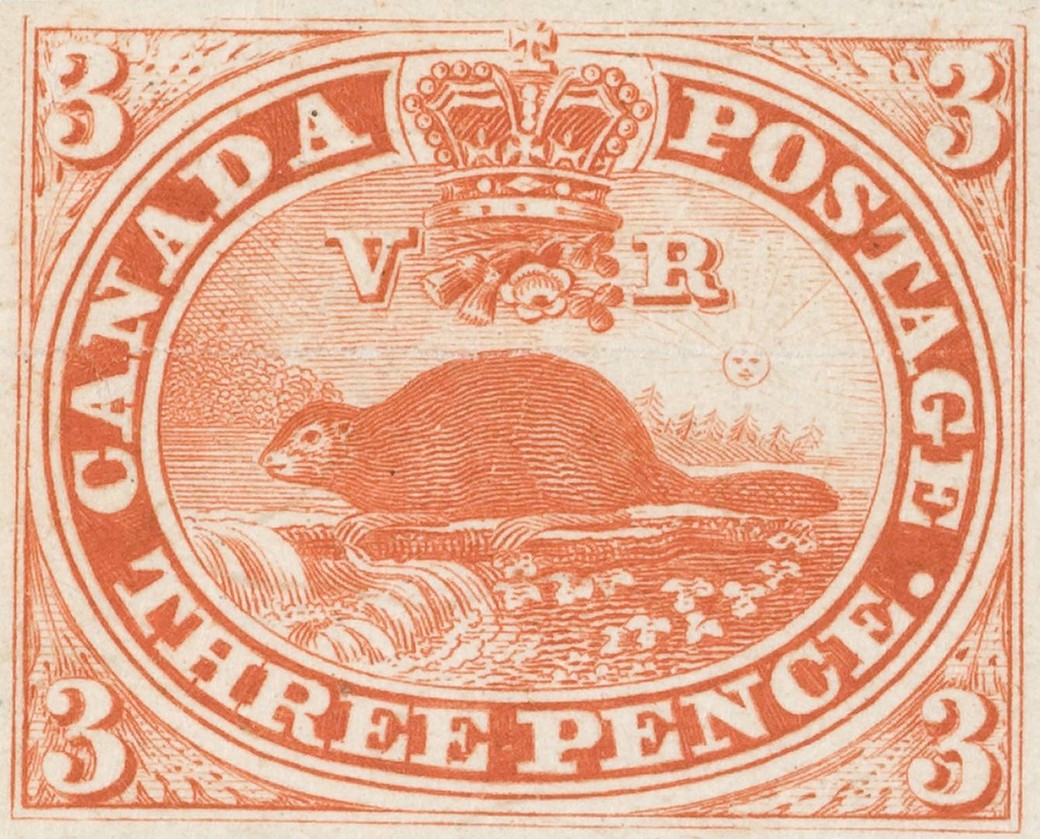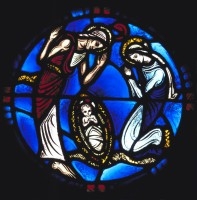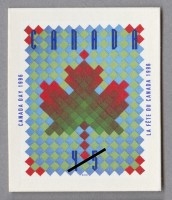
Tiny Pieces of Paper Tell Canada’s Story: The Canadian Stamp Collection Is Now Open
More than 3,000 stamps are on display at the Canadian Stamp Collection. This exhibit is now open to the public at the Canadian Museum of History.
Museum goers can trace Canada’s history from 1851 with the extremely rare and valuable 1851 Three Pence Beaver stamp (Canada’s very first stamp), to present day along a long wall the separates stamps into eight groupings: philately, history, culture, society, economy, environment, sports and symbols.

Stamps are not the only artifacts on display. This collection also includes many objects that were used in stamp designs. Objects like the stained glass window by Yvonne Williams used in the 1976 Nativity stamp, the headdress, war club, and parfleche used in the 1972 Indians of the Plains stamp, and the quilt by artisan Claire Brisson replicated on the 1996 Canada stamp.

Jean Marc Blais, the Director General of the Canadian Museum of History unveiled this new exhibit calling it, “a collection that tells the story of Canada.”
Deepak Chopra, president and CEO of the Canada Post, was on hand for the media opening of the Stamp Collection yesterday. Mr. Chopra spoke proudly of the Canada Post’s 250-year history and how they have become the unofficial historians of Canada saying, “this collection shows how Canada has changed as a country and it highlights Canadian achievements.”
Also at the media opening was Elizabeth Wang of the Canada Post, who spoke about the Canada Post’s evolution. She noted a major change for the Canada Post came in 2005 when they changed their policy to allow living Canadians to be featured on stamps. This decision proved to be very popular among collectors. Keeping in the spirit of this change, this exhibit already has plans for new additions, like interactive stamp displays and the inclusion of rejected stamp designs. These changed are all part of the Canada Posts commitment to stay relevant to Canadians and to preserve Canadian heritage.
“It’s a lot to ask of a tiny piece of paper, “Ms. Wang said.








